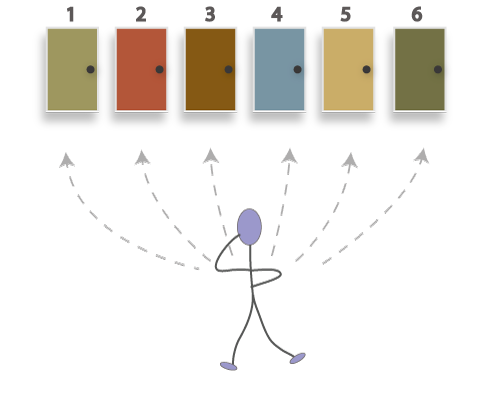A Lesson on Beginnings Before Teaching Narrative Leads
(Link to the original post on #movingwriters)
I love Nancie Atwell's lesson on Narrative Leads. The lesson does to the unit what a good lead does to a memoir: "sets the tone, determines direction, and grounds and impels the writer." (Atwell 433)
I have, however, always needed a lesson before students craft their leads that allows them to decide on an effective entry point into their story. If Kala is writing about her trip to the village fair, I need her to think through when her story begins:
a week before the trip when the anticipation and excitement in her mind take root?
the morning of the trip when she is frantically getting ready to leave?
the moment she alights from the bus and looks at the gorgeous Ferris wheel?
during her crazy Ferris wheel ride?
as she walks past the beautiful stalls?
when she sighs and gets ready to go back home?
or any other significant point in between, or perhaps even later, when she fondly looks back at the memory.
When students do not think through the point of entry into their story, they pick the first thing that occurs to them, and this almost always means that the memoir gets narrated chronologically; any potential for flashbacks or other transitions in time is unexplored.
Moreover, the exercise of brainstorming narrative leads falls flat. In order to brainstorm different kinds of leads, the entry point must have enough going on in terms of action, dialogue, thoughts and feelings, or the circumstances in the setting. An entry point chosen without deliberation lays the bricks for a bad lead, the cascading effects of which require no elaboration.
This single simple slide helps me get students thinking about the entry point to their memoirs:
As the slide suggests, a few students choose multiple entry points and craft a couple of leads per entry point to zero in on what gives them the most energy to carry on their writing.
Work Cited
Atwell, Nancie. In the Middle: A Lifetime of Learning about Writing, Reading, and Adolescents. Third ed., Heinemann, 2015.



